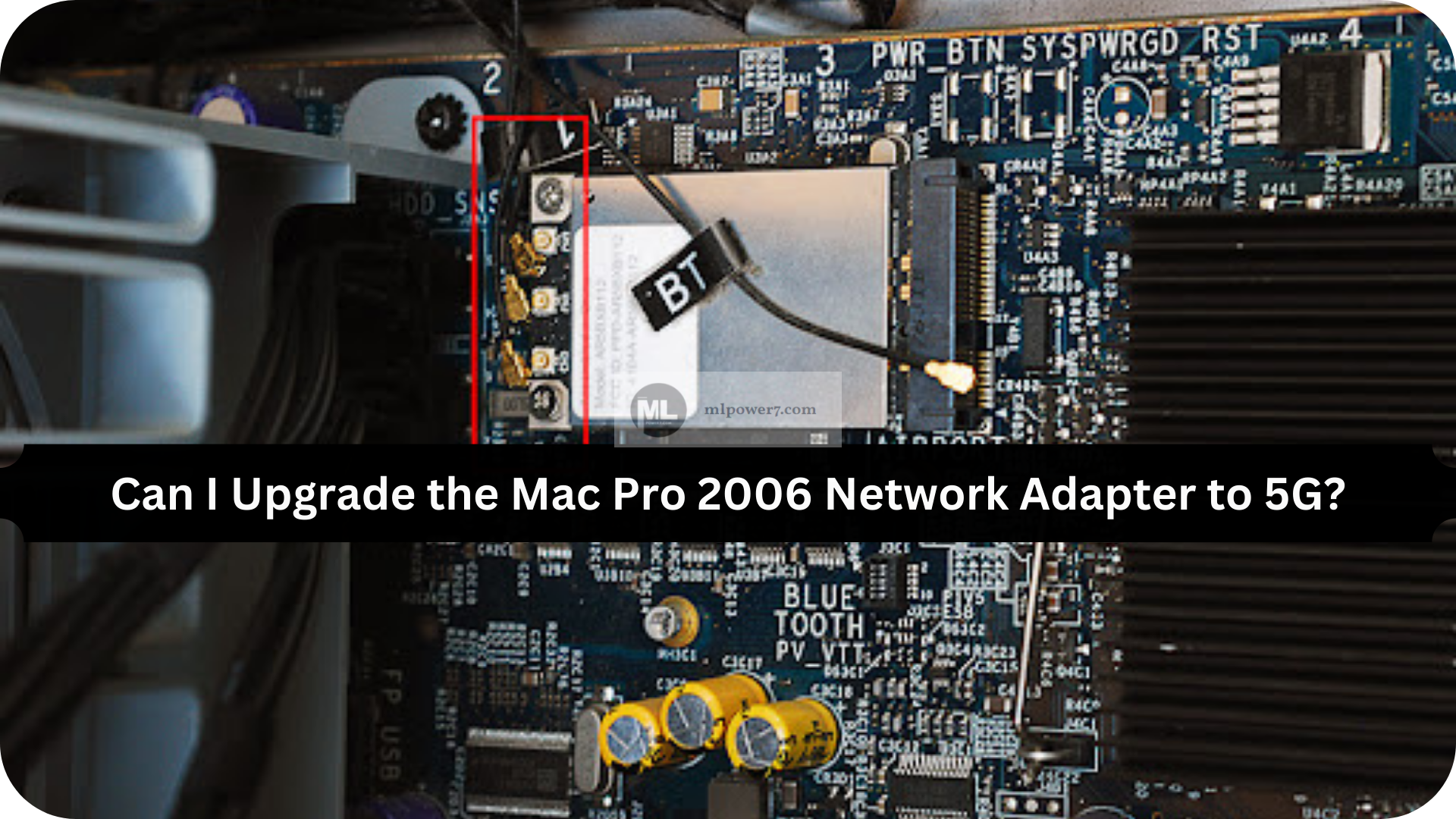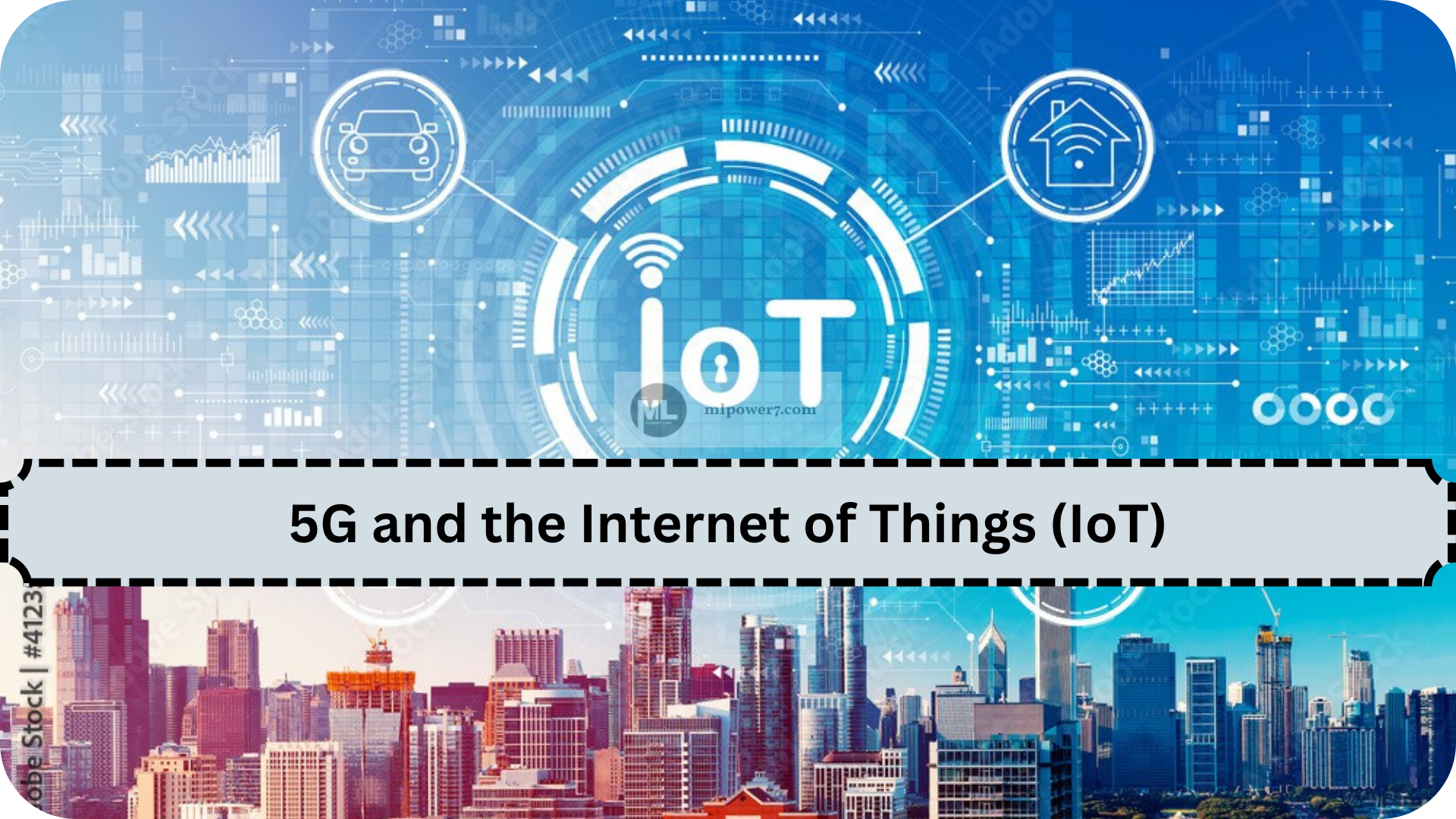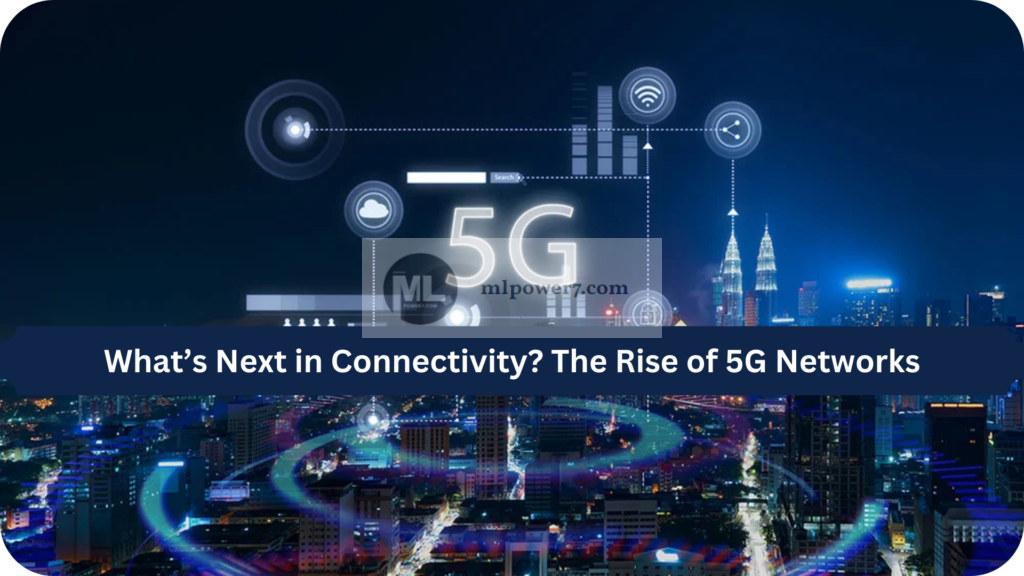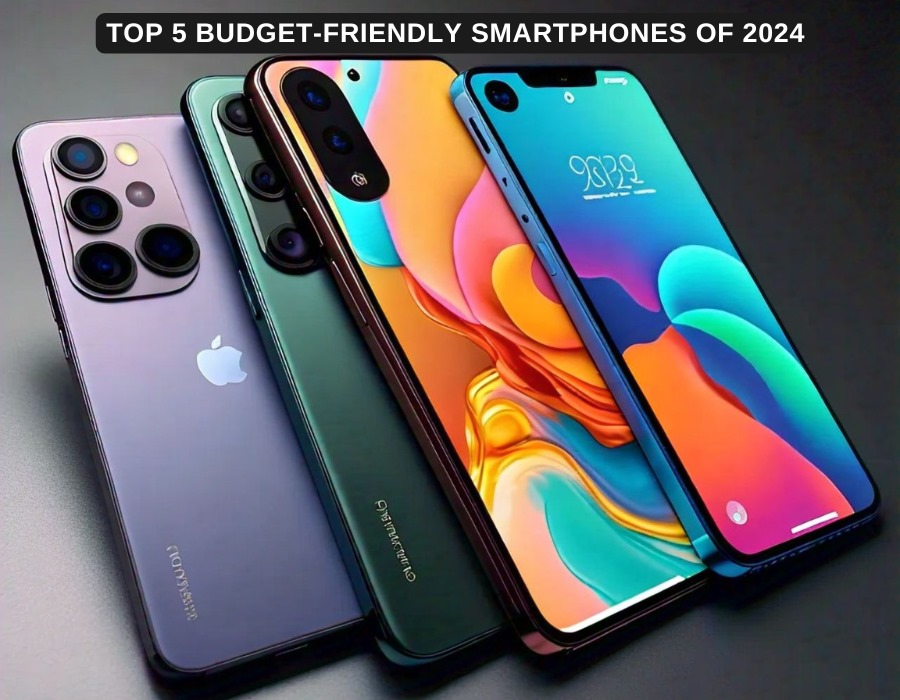The technology of connectivity is fast changing with the introduction of 5G networks, which are changing how people interact with technology. At the edge of a technology transformation, 5G promises to bring speedier speeds, reduced frequency, and more stable connectivity. Smartphones such as Samsung’s Galaxy A15 are already making use of these advancements, and developments such as GUAMI within the 5G network infrastructure are essential in improving mobile connectivity. What exactly is 5G, and how exactly does it function? Can older models, such as Mac Pro 2006, for instance, Mac Pro 2006, be updated to the latest degree of connectivity? We’ll look into the rise of 5G networks and what’s to come for global communications.
What is a 5G Network?
5G is the acronym for 5G, the latest generation in mobile network technology. It is an incredible leap over previous versions like 3G or 4G. The 5G network provides faster speeds, up to 100x more speed than 4G. It also has reduced latency, which means quicker response time to data transmission. The network is built to accommodate many connected devices, which will pave the way to innovations such as autonomous vehicles, smart cities, and the latest IoT (Internet of Things) applications.
In contrast to its predecessors, 5G uses higher frequency bands and utilizes modern technologies, including huge MIMO (Multiple input Multiple output) and beamforming, which allows more data to be transferred at the same time. The network’s architecture is more efficient and allows it to boost performance even in populous areas, such as stadiums or cities.
5G goes beyond only speed. It’s built to accommodate three major types of users:
- Enhanced Mobile Broadband (eMBB): Offering speedy internet connections and enhanced multimedia experience.
- Ultra-Reliable, Low Latency Communication (URLLC): Facilitating live-time applications such as remote surgical procedures or autonomous driving.
- Massive Machine Type Communication (mMTC): Seamlessly connects to various IoT devices.
As the world rolls out 5G networks, various industries are exploring how they could revolutionize our lives and work.
The Function of GUAMI in 5G Network.
The least-known yet essential component of the 5G network infrastructure is GUAMI (Globally Unique AMF Identification). In simple terms, GUAMI is an identifier that ensures that devices running 5G can properly communicate across the network, specifically about mobility management.
For a breakdown, GUAMI comprises multiple parts:
- PLMN (Public Land Mobile Network) ID: Identifies the network operator.
- AMF (Access and Mobility Management Function) Identifier: Ensure that users’ devices have uninterrupted access to 5G networks while they are moving between various locations.
GUAMI is vital in 5G thanks to its function in network slicing, an important feature that allows several virtual networks to work with a shared physical infrastructure. Slicing allows networks to distribute resources more effectively by optimizing them for various usage situations, such as low-latency communication and high-speed data transmission. Without GUAMI, managing such an intricate and dynamic network will be much more difficult and could limit the benefits of 5G technology.
Can I Upgrade the Mac Pro 2006 Network Adapter to 5G?

While 5G is exciting, it also raises a concern for people who have older models: Can they be updated to support 5G-connected networks? If you have a Mac Pro 2006, you’re probably wondering if it’s possible to upgrade the network adapter so that it can work with 5G.
However, the answer isn’t straightforward. It is a bit complicated. Mac Pro 2006 was built before the introduction of 5G, and the hardware does not have the elements to support 5 G natively. There aren’t any directly compatible 5G network adapters available for the older models. However, there are alternatives, such as external 5 G modems or routers, that facilitate the connection between your Mac and the 5G network.
However, the alternatives might not provide the entire range of 5G advantages, including high-speed gigabit connections and ultra-low latency. Additionally, the internal design built into Apple’s Mac Pro 2006—including its RAM and processors—may not be able to fully benefit from the speedy speeds that 5G provides. If 5G seamless connectivity is vital for you, it may be more sensible to consider moving to a device that supports 5G.
Galaxy A15 5G: GSM/UMTS Quad Networks Compatibility
One of the products leading the pack for 5G connectivity is Samsung’s Galaxy A15. A low-cost entry into the world of 5G smartphones, the Galaxy A15 combines accessibility with modern technology. However, what makes it different is its ability to work with quad GSM/UMTS networks.
The quad-band technology means Samsung’s Galaxy A15 5G can be connected to 3G, 2G, and 4G LTE networks worldwide, as well as 5G. Its versatility means that users remain connected regardless of location, even those in regions where 5G connectivity isn’t yet installed. This device is also compatible with UMTS (Universal Mobile Telecommunications Systems), which enables it to handle data and voice transmission, specifically when switching between different types of networks.
For anyone looking to warrant the future security of their smartphone while ensuring backward compatibility with old networks for the Galaxy A15 5G, the Samsung Galaxy A15 is a great choice. As the world expands 5G-based networks, the gadget will allow users to use new technology and remain connected to old devices.
The Evolution of Network Technology: From 4G to 5G
The switch between 5G and 4G is a major milestone in network technology. While 4G LTE revolutionized mobile internet, allowing for speedy downloading and seamless video streaming, 5G brings things to a whole different level. It’s not only about speed but also the infrastructure that will support a super-connected society.
5G systems are built to support billions of connected devices, providing new features such as intelligent homes, automated factories, and connected health. Contrary to 4G, which relies heavily on huge cell towers, 5G uses a mix of tiny cells and millimetre waves, which allows it to offer much higher speed and greater coverage even in areas with congestion.
One of the reasons 5G is so fascinating is its ability to accommodate applications with low latency. That means jobs that require immediate data transfer, like autonomous driving or virtual reality, will be accomplished more effectively. Through 5G, the vision of a completely connected digital universe is moving closer to becoming reality.
5G and the Internet of Things (IoT)

One of the biggest effects of 5G technology could be the Internet of Things (IoT). With the growth of 5G, an array of devices—from domestic appliances to industrial equipment—could be connected and seamlessly communicate.
Thanks to its massive machine-type communication (MTC) support, 5G will allow for the speedy and secure connection of millions of IoT devices. The capability could improve areas like production, logistics, healthcare, and agriculture with real-time data that could lead tea recipes to increase processes and reduce costs.
In smart cities, 5G technology will allow continuous monitoring of traffic flow, energy consumption, and environmental conditions. This will lead to more environmentally sustainable urban areas. As IoT devices become more common at work and in the home, 5 G will ensure that they function efficiently and securely and bring the potential of a connected, global world to your fingertips.
FAQs
What’s the distinction between 5G and 4G?
Although 4G is fast and mobile, 5G significantly improves upon it with higher speeds, less latency, and the capability to handle a greater number of connected devices.
What is the GUAMI functionality on a 5G network?
GUAMI is a critical element in managing mobility within the 5G network. It ensures that users are connected even while switching between network zones.
Are there ways to upgrade old devices up to 5G?
Most older models, such as those with the Mac Pro 2006, aren’t equipped with sufficient hardware to run 5G directly. External modems could be an alternative; however, they will not provide the full benefit of 5G.
What is the thing that makes Galaxy A15 5G unique?
Galaxy A15 5G The Samsung Galaxy A15 5G is notable for its low cost, connectivity to 5G, and connectivity with a GSM/UMTS quad network. This makes it an incredibly versatile feature for use across the globe.
How will 5G affect IoT?
5G will transform technology for the Internet of Things by enabling millions of devices to be connected effectively, opening the door to smart cities, automated industry and increased house automation.
Is 5G safe for health?
It is true that the 5G tech has been thoroughly examined and complies with all world safety regulations.
Read More: https://mlpower7.com/ai-tattoo-generators/


